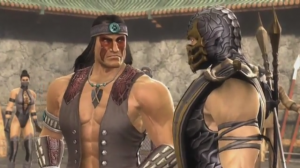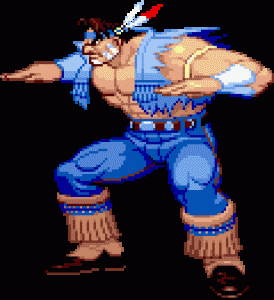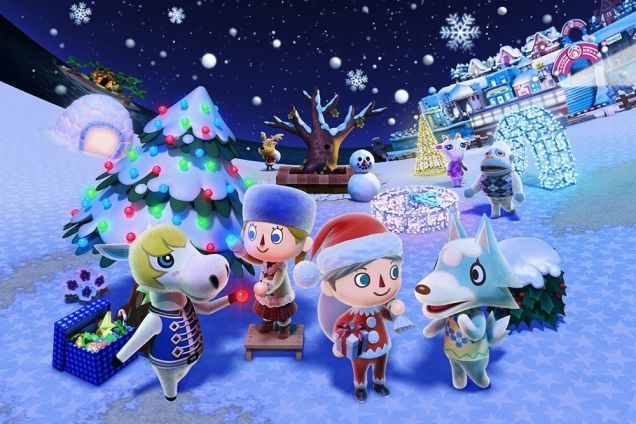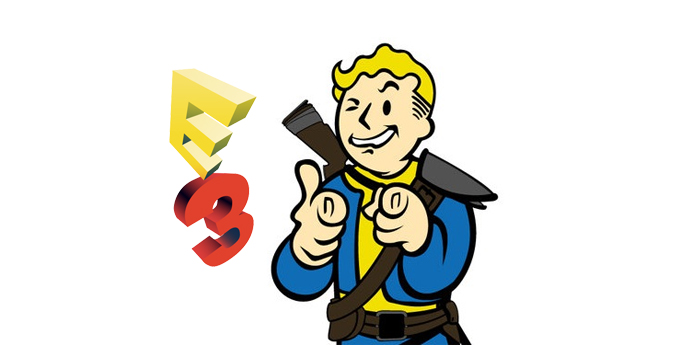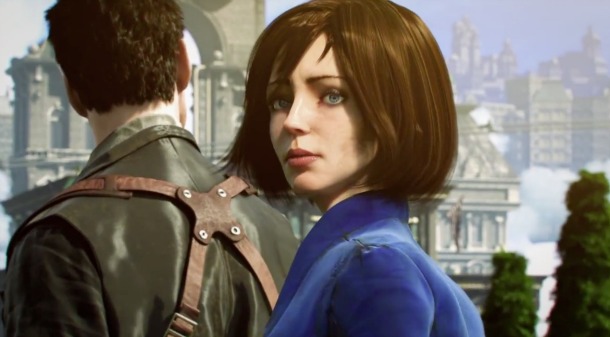At the turn of the twentieth century, the thoroughly modern children of angst ridden-upper-and-middle-class parents wore feathers and slept in tipis and wigwams at camps with multi-syllabic Indian names. Their equally nervous post- World War II descendants made Indian dress and pow-wow-going into a hobby, with formal newsletters and regular monthly meetings. Over the past thirty years, the counter culture, the New Age, the men’s movement, and a host of other Indian performance options have given meaning to Americans lost in a (post)modern freefall. In each of these historical moments, Americans have returned to the Indian, reinterpreting the intuitive dilemmas surrounding Indianness to meet the circumstances of their times. (7)
-Philip DeLoria, from Playing Indian
I grew up a mixed blood Cherokee in quasi-rural east central Indiana. The truth is that in many ways, I “passed,” and it wasn’t until I was in my early teens that I realized that the ways and traditions that people marked as “crazy” in my mother were, in fact, Cherokee. But long before that, back when I was first socializing, the other neighborhood kids used to come to visit with their shiny cap guns and their toy feathers and plastic hatchets. The game we played was “Cowboys and Indians.” I was always the Indian. I was always the “bad guy.” And I always lost.
Traditionally speaking that’s how gaming has treated the other, particularly America’s most under-represented other, the Native American or American Indian. Comprising under 2% of the population and often marginalized on reservations or considered nothing more than the drunken denizens of casinos, people like myself are subject to an odd erasure. I am not white. I’ve never been white and never claimed to be white. A part of me is; that’s why my blood is mixed. But the Cherokee part of me is often treated as a curiosity, an addendum.
I’ve spent the last several years attempting to combine my study of popular culture and my love and interest in gaming with my studies of race and culture—particularly of my own. I’ve spent extensive time studying the World of Warcraft, producing pieces like this video:
In this post, however, I want to talk about a game that actually pushes consideration of Native American history and tradition in a positive direction; Rockstar’s Grand Theft Auto in the old west, Red Dead Redemption.
In Red Dead Redemption, the player takes on the role of John Marston, a seemingly stereotypical Western (in the cinematic sense) hero, a pre-chair battle Clint Eastwood trying to make his way in an immersive old west. As he adventures in the old west he encounters “Injuns,” but they are unlike the typical stereotypes offered by video games, such as:
Mortal Kombat’s “shaman,” Nightwolf
Street Fighter’s brawling Native, T. Hawk
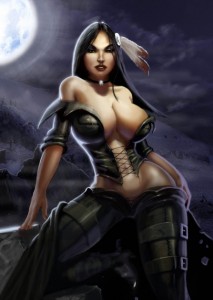
Darkwatch eye-candy/sexual fetish Tala
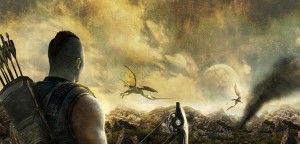
Stereotype gone wild Turok the Dinosaur Hunter
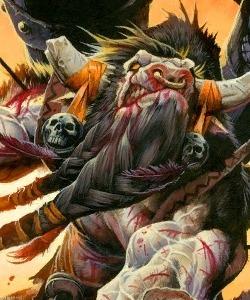
Or World of Warcraft’s hybrid man-bull, Cairne Bloodhoof
Instead Marston’s experiences bring him into contact with a Native named Nastas, a sort of guide-meets-confidant who aids with a large portion of the game. Nastas shows some classic Native American traits (he’s generally quiet, he tends to not be combative, he has a deep tie to nature and the environment), but he is not presented to the gamer as a cartoon. What the gamer sees instead is a clever, calculated move from Rockstar, one that might be surprising given their history of misogyny in the GTA series.
Stereotypes—and damaging ones at that—appear in the game through the eyes of Yale researcher Harold McDougal, who early in the game offers us this overview of the “Injuns:”
From his first appearance, it’s clear to the attentive player that McDougal is a bit “off.” He’s presented in many ways as comic relief, and we learn quickly that along with being a bit of a blowhard, he: 1) is astonished that white and “Injun” blood are the same, 2) uses cocaine to think better, 3) has no sense that Nastas is intelligent and aware of his surroundings/knows English, 4) has very little sense of “reality” but is fairly certain of every bold new discovery he comes up with. Here we see him discussing blood, specifically, an always contested topic in Native American studies due to the US government’s attempt at blood quantum to determine tribal identity. McDougal also invokes the “Noble Savage” stereotype here.
As the game narrative continues, the player watches McDougal come unhinged, eventually seeming far less rational than even the “evil Injun” gang. Note in this clip how McDougal tries to utilize his status as a Yale professor to maintain ethos as his actual ethos all but erodes.
Of particular interest in this last clip is how McDougal comments on extinction (something “the White man” will cause not just for the buffalo, as Nastas predicts, but essentially for the Natives and their culture as well). We then see McDougal attend a “pow wow,” a scene that reinforces the previous plot points. In it, we still see McDougal’s ignorance, as he asks Nastas “do you think they’d allow me to take a skin sample from the soles of their feet?”
When McDougal is face-to-face with the gang, the gamer hears a rough-and-mean-spirited but fair assessment of what people like McDougal caused during that time period, and sadly, as history shows, violence results.
So why is this so important? I have argued in the past—sometimes much to the distain of fellow Indigenous scholars—that characters like Nastas and this gang represent the next stage in acceptance and understanding of Native populations as part of the contemporary popular world. For example the comic book Scalped is generally decried by many Native American/American Indian scholars, but I praise it because it allows for a more holistic depiction of the “Indian” as both hero and villain, as capable of standing in either position within a heroic narrative without being stereotypically relegated to either the noble savage role (see Tonto) or the villain (see every John Wayne movie). This is not to say that Scalped, or Red Dead Redemption, is free of stereotype. But it’s a solid step in the right direction, an attempt to see the Native American as part of an organic world and not a historical relic or decoration.
Perhaps the most cathartic and amusing bit in the Red Dead adventure comes when we witness McDougal’s demise in the Undead Nightmare expansion, a closing literal inversion of American Indian relations with old west scholars I believe can stand on its own merits:
Reference:
Deloria, Philip. Playing Indian. New Haven: Yale U Press, 1988. Print.
All videos re-cut from walk-thrus found on YouTube
Dr. Phill Alexander is currently a Visiting Assistant Professor in the Professional Writing Program in the English Department at Miami University in Oxford, Ohio. His current research looks at race, identity formation, and collaboration in game spaces. He also teaches game theory and design as a part of Miami’s Armstrong Interactive Media Studies program.

